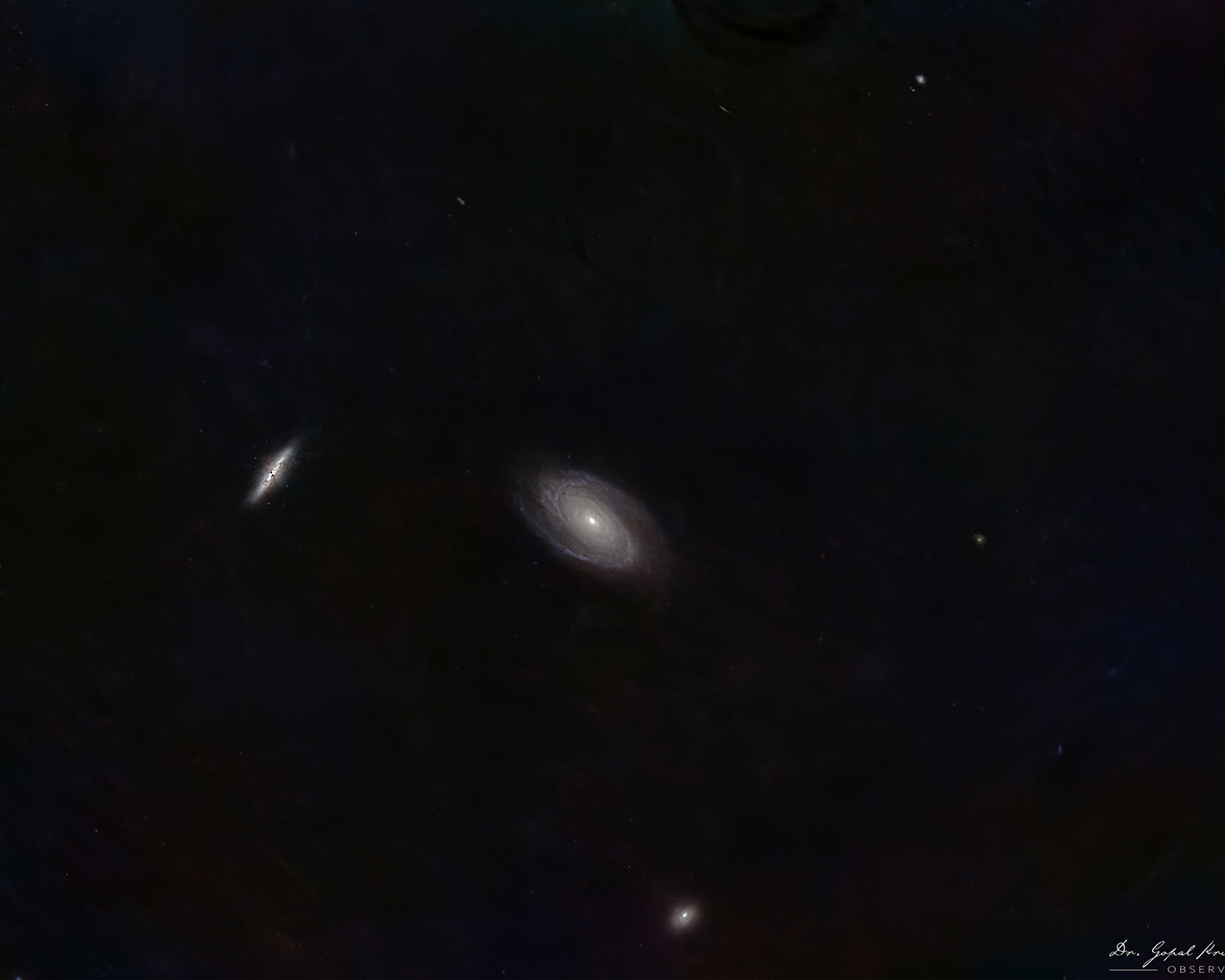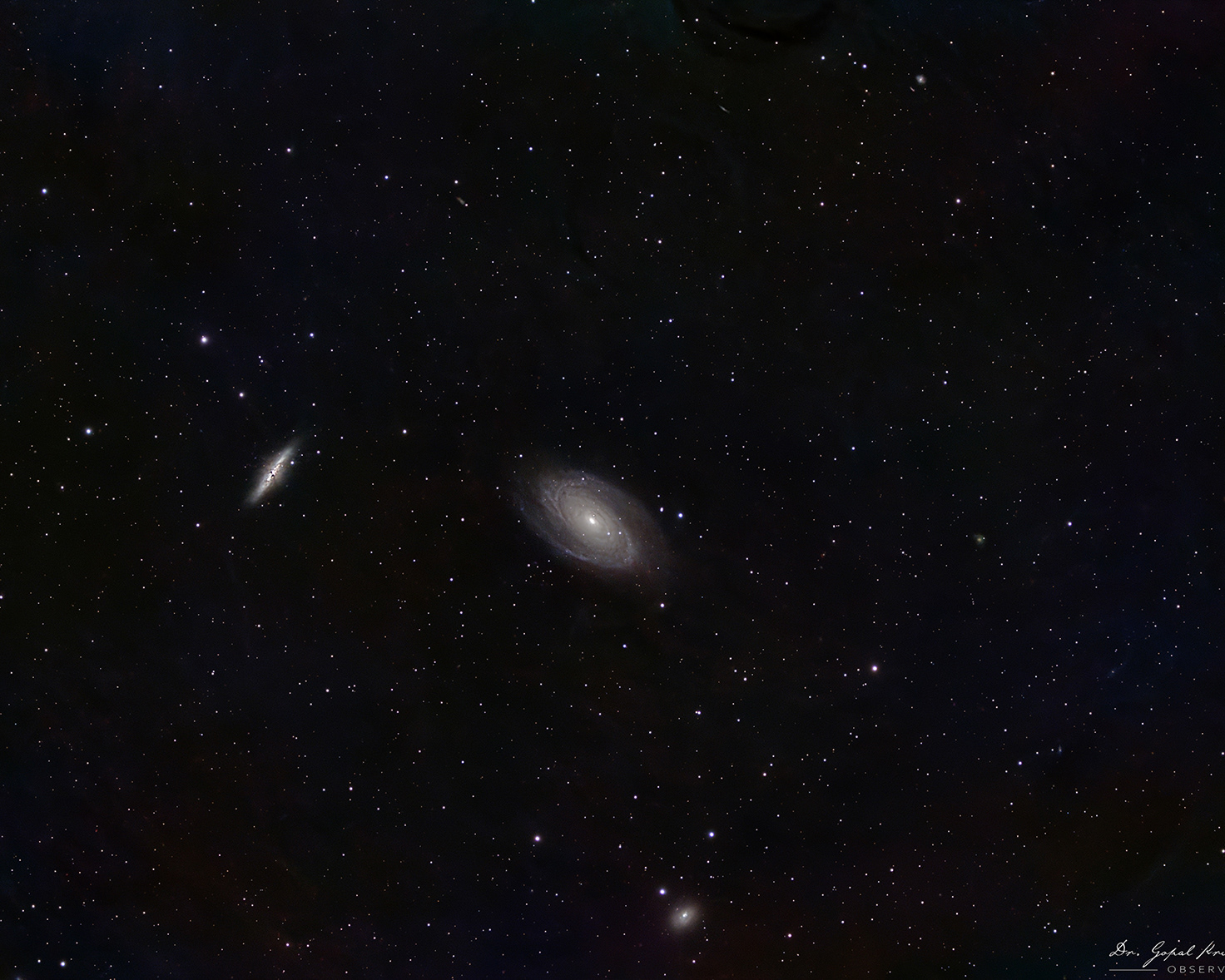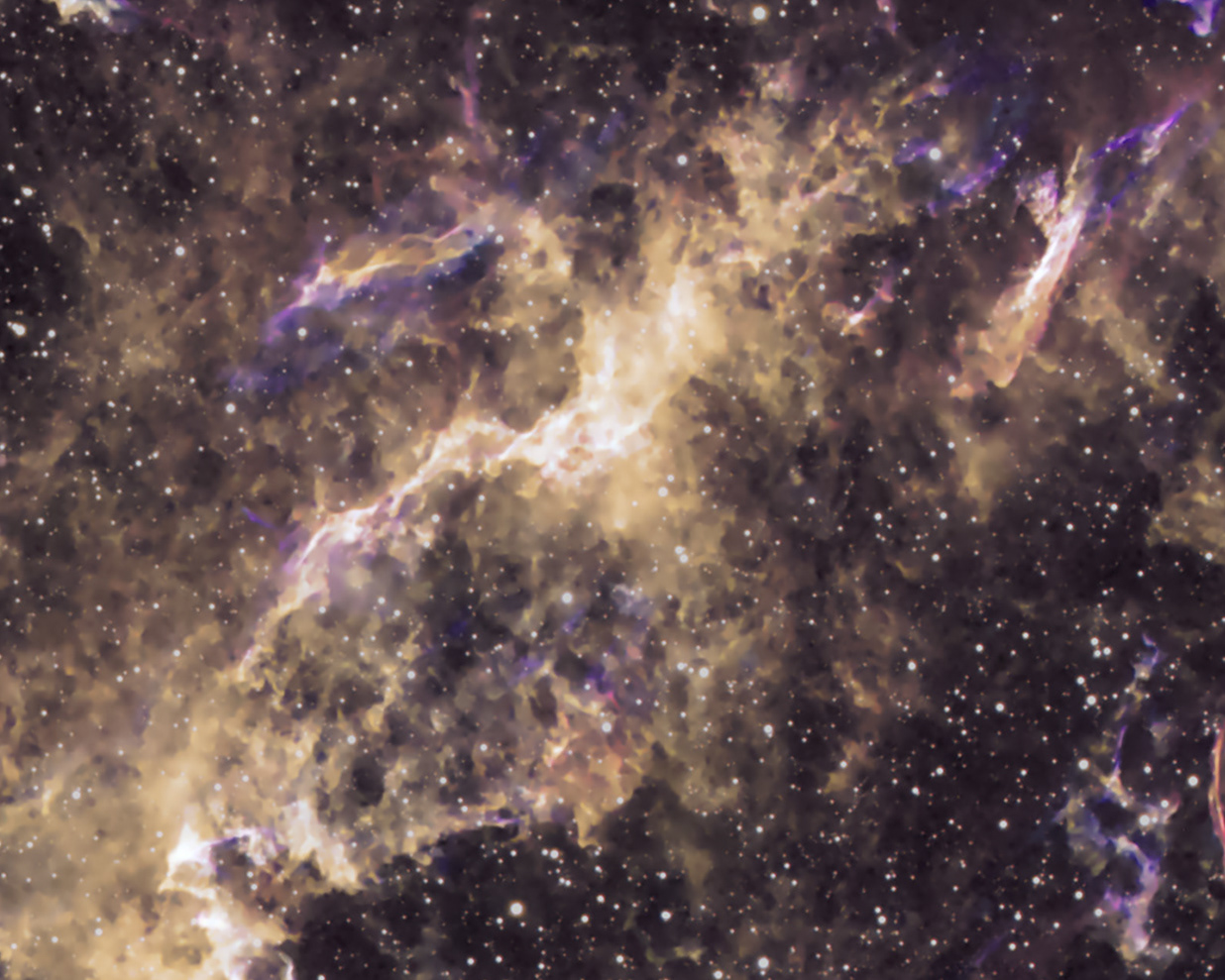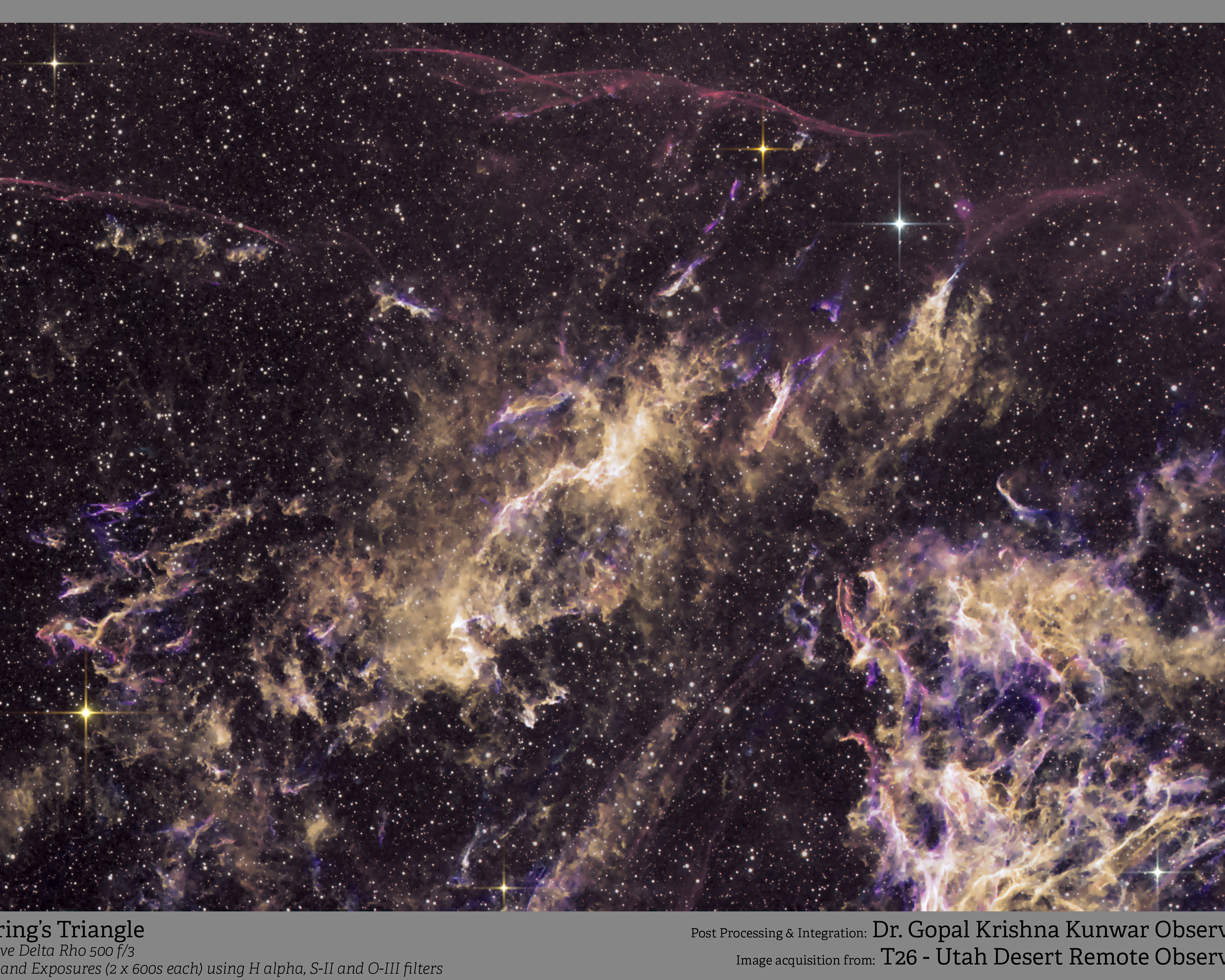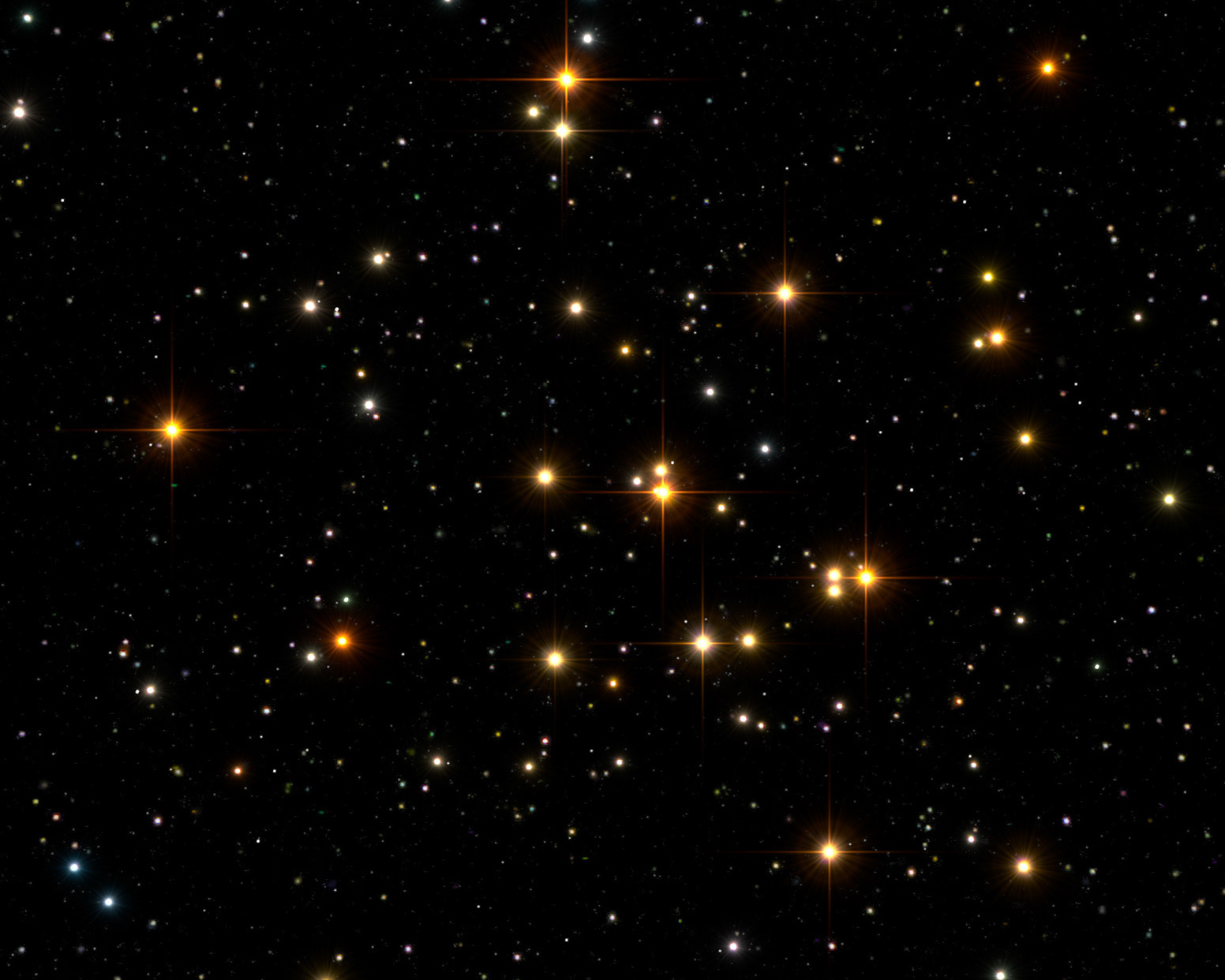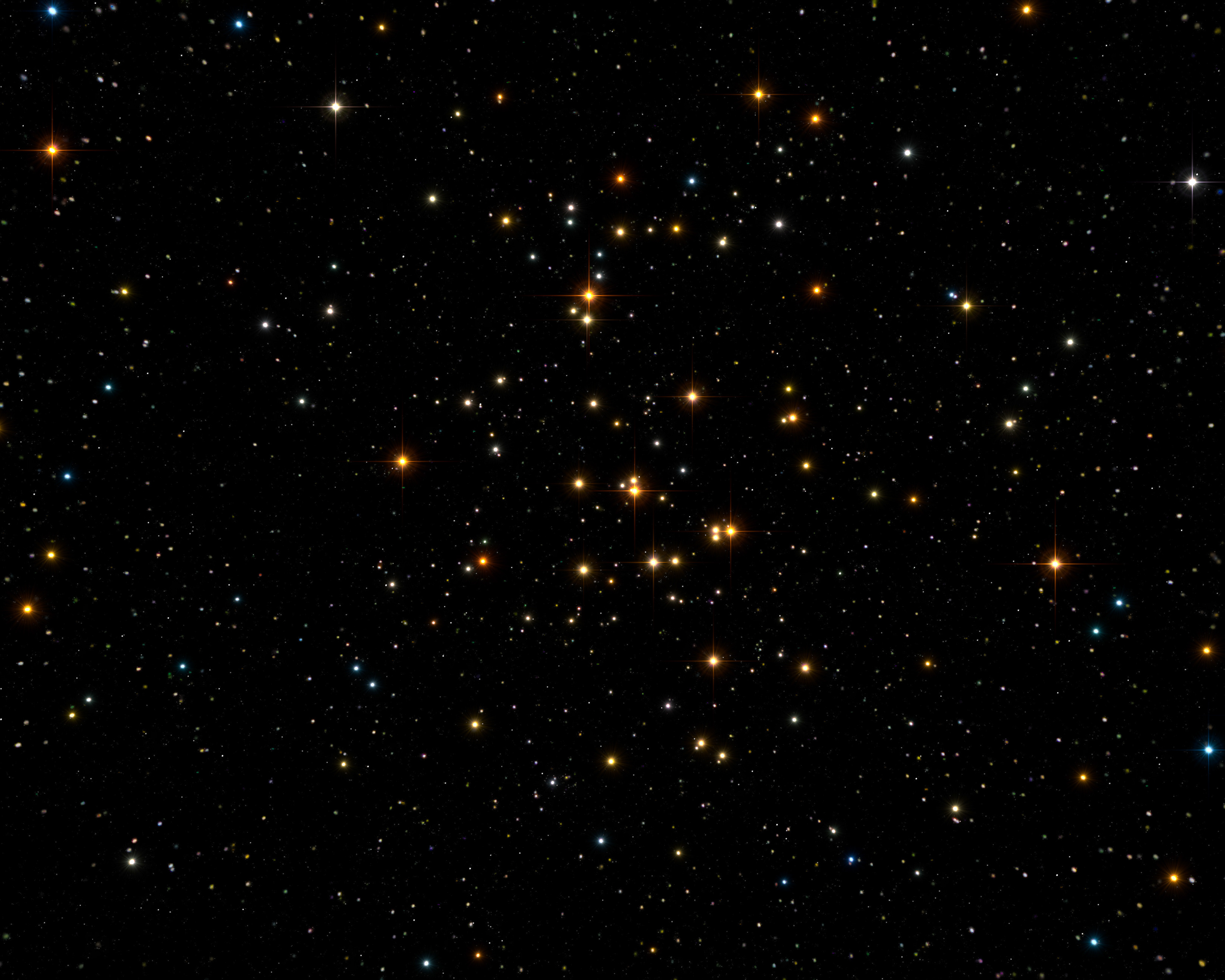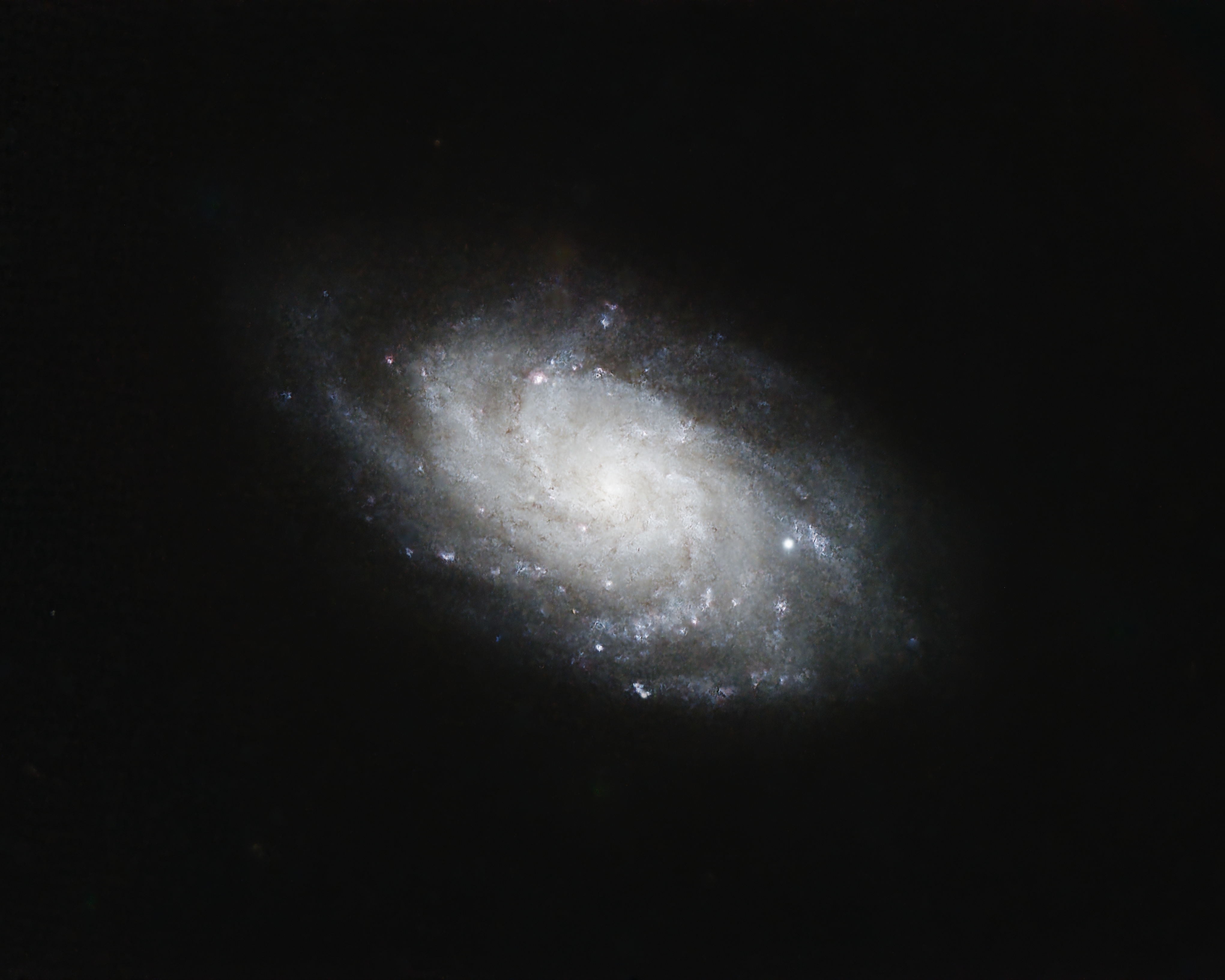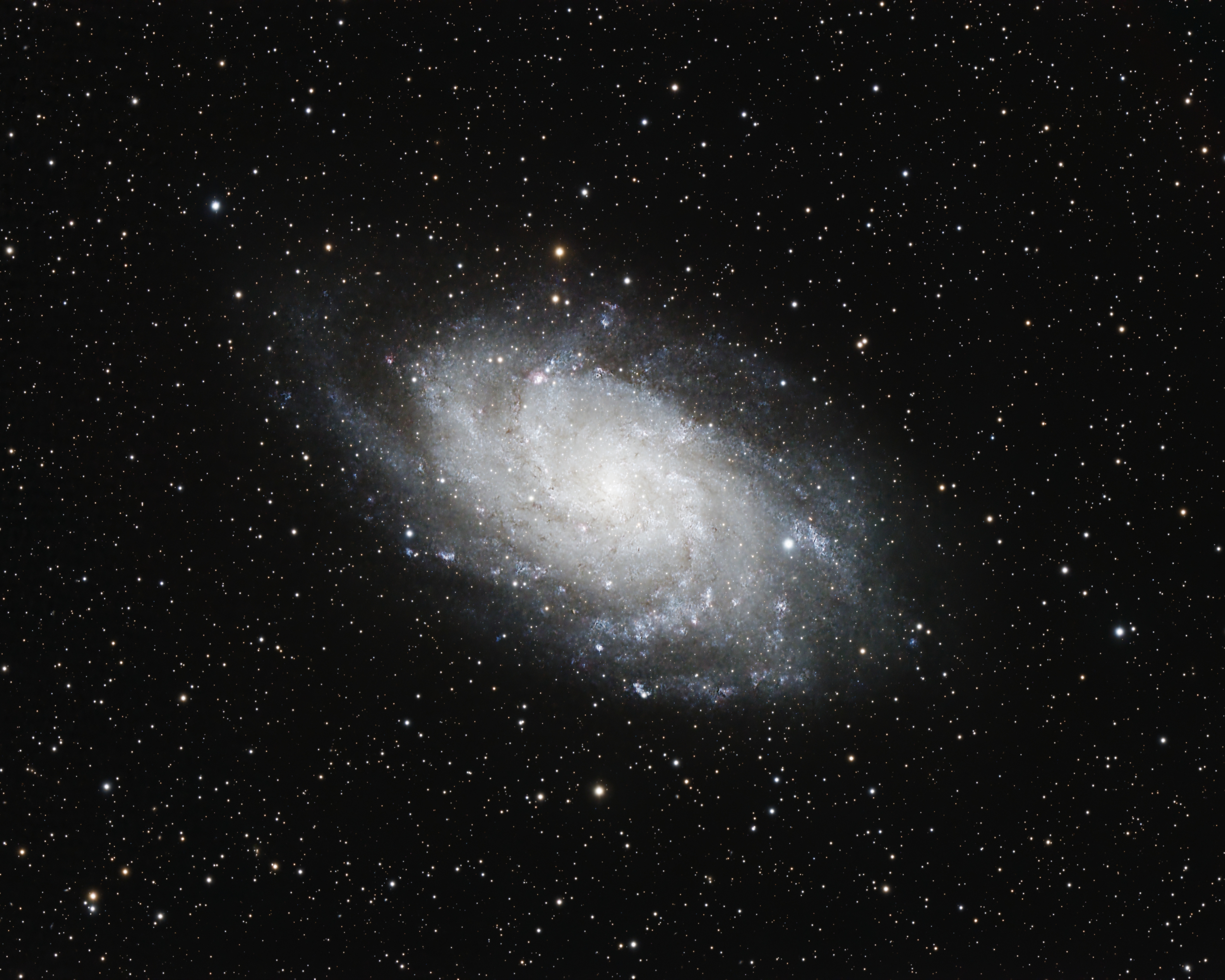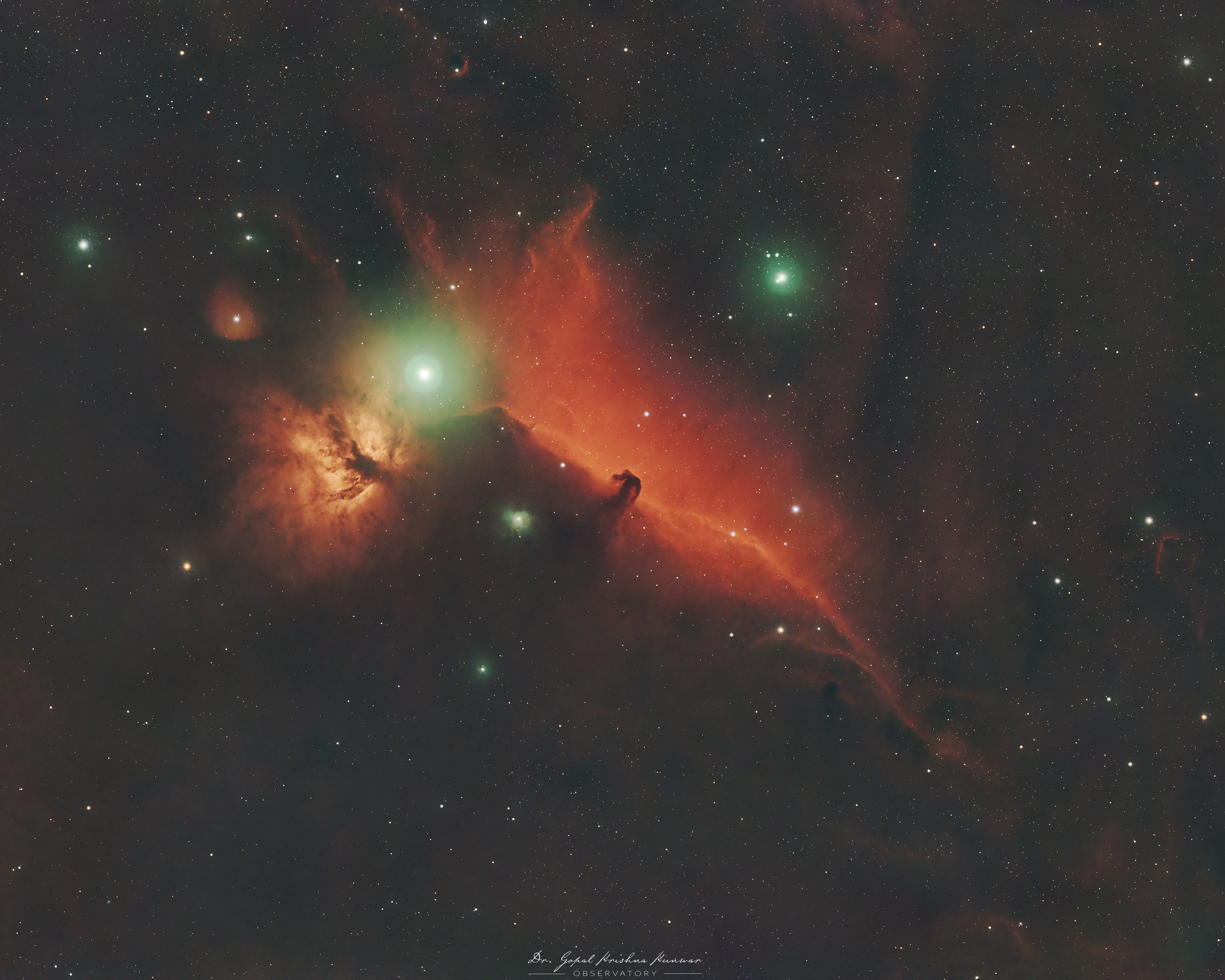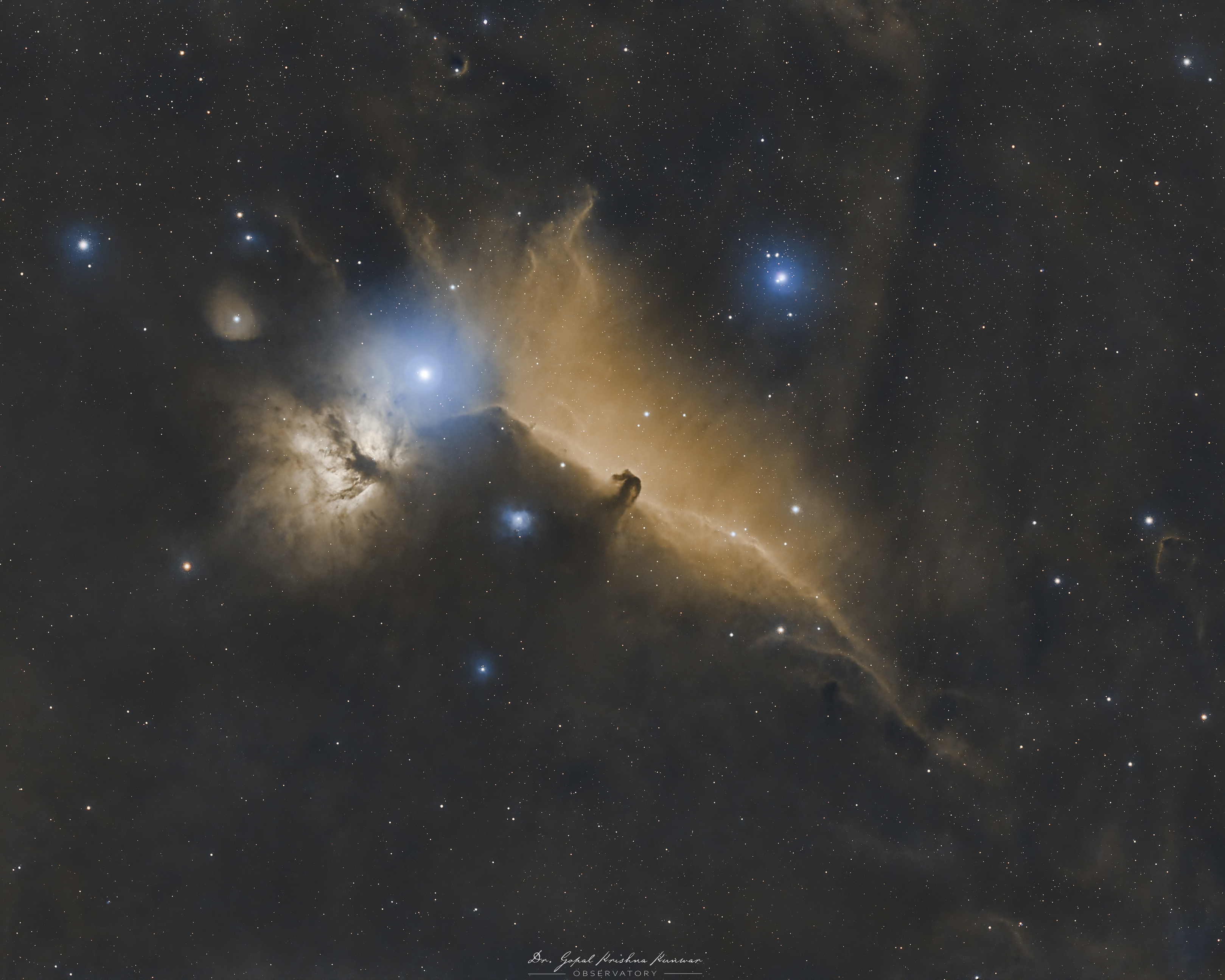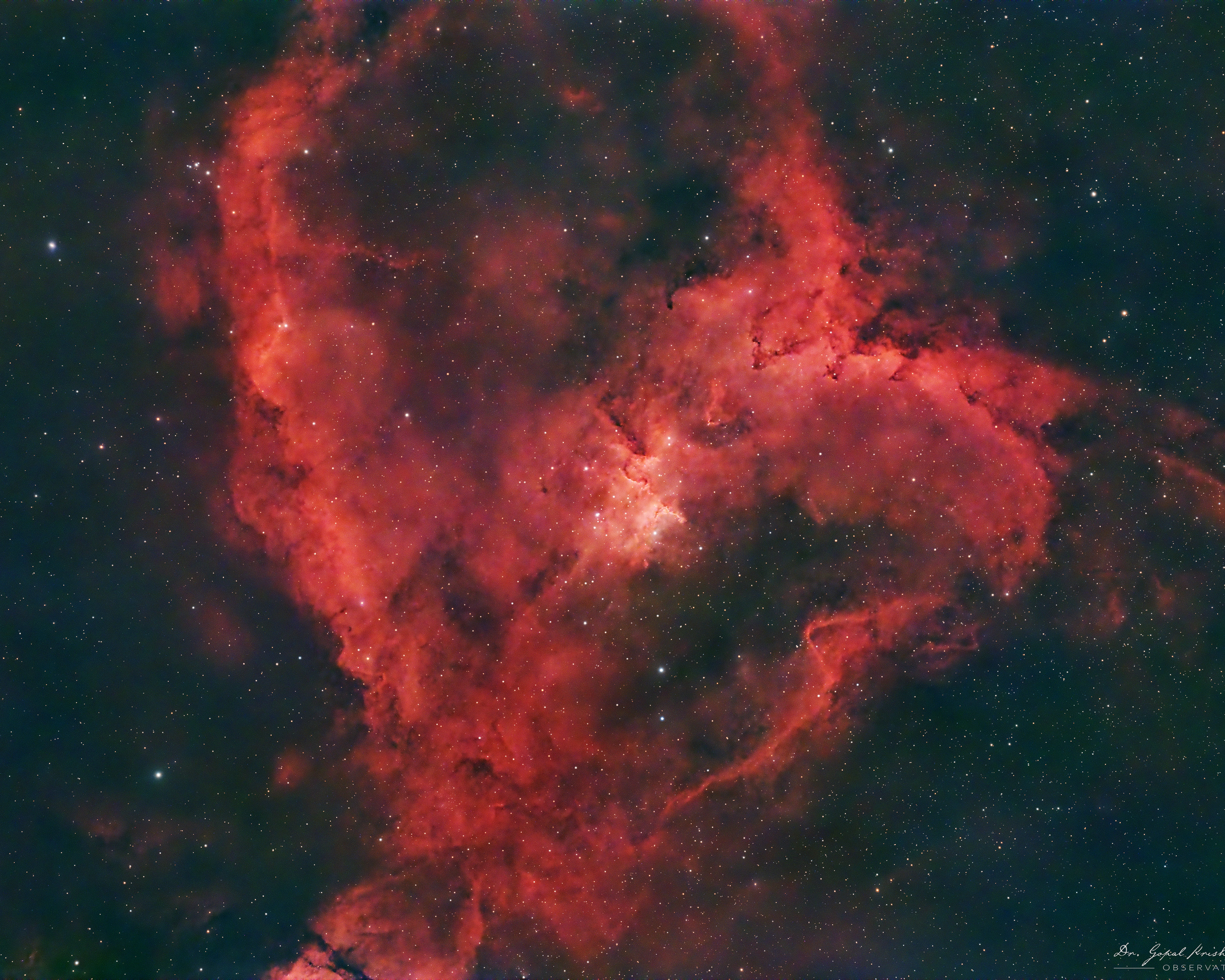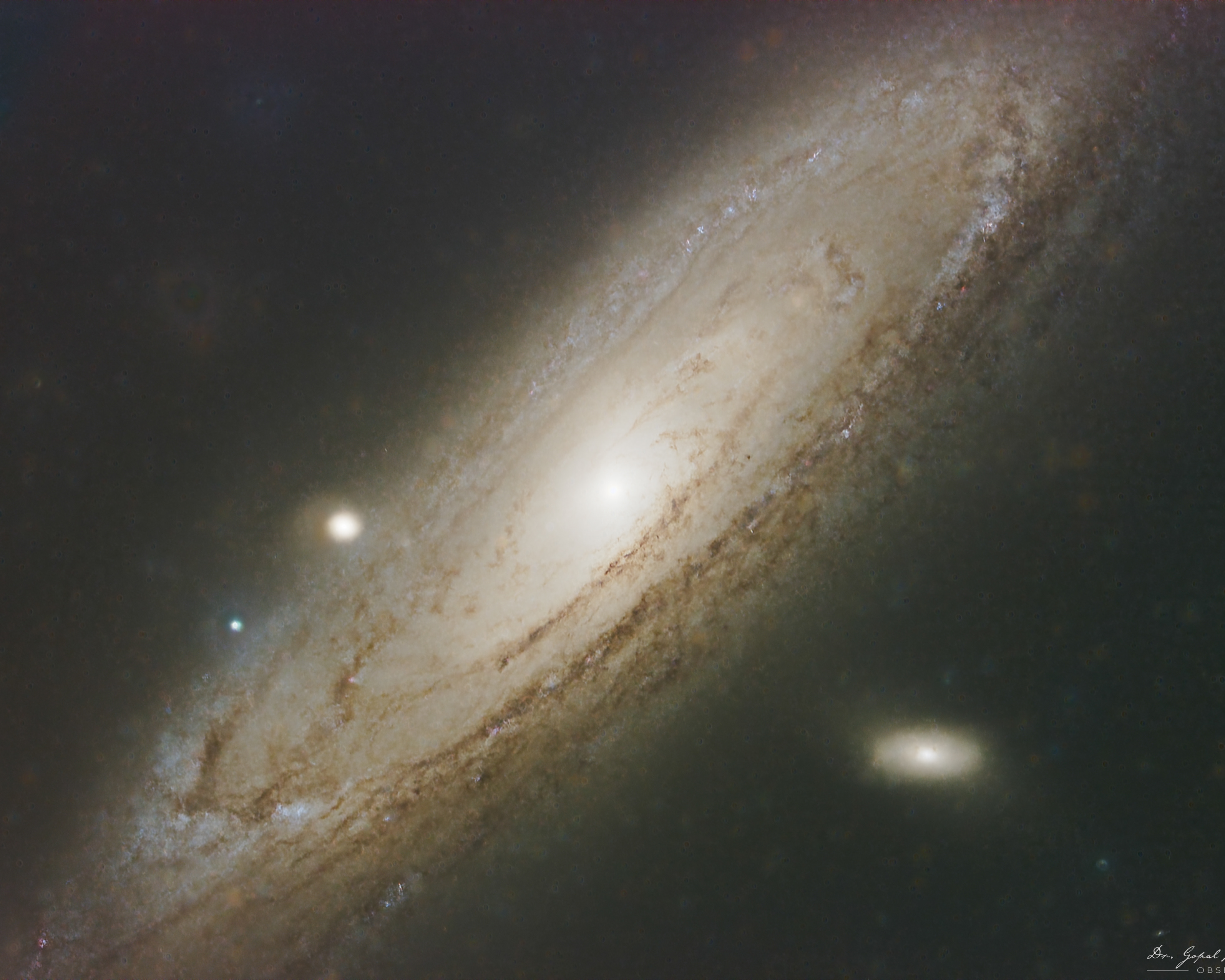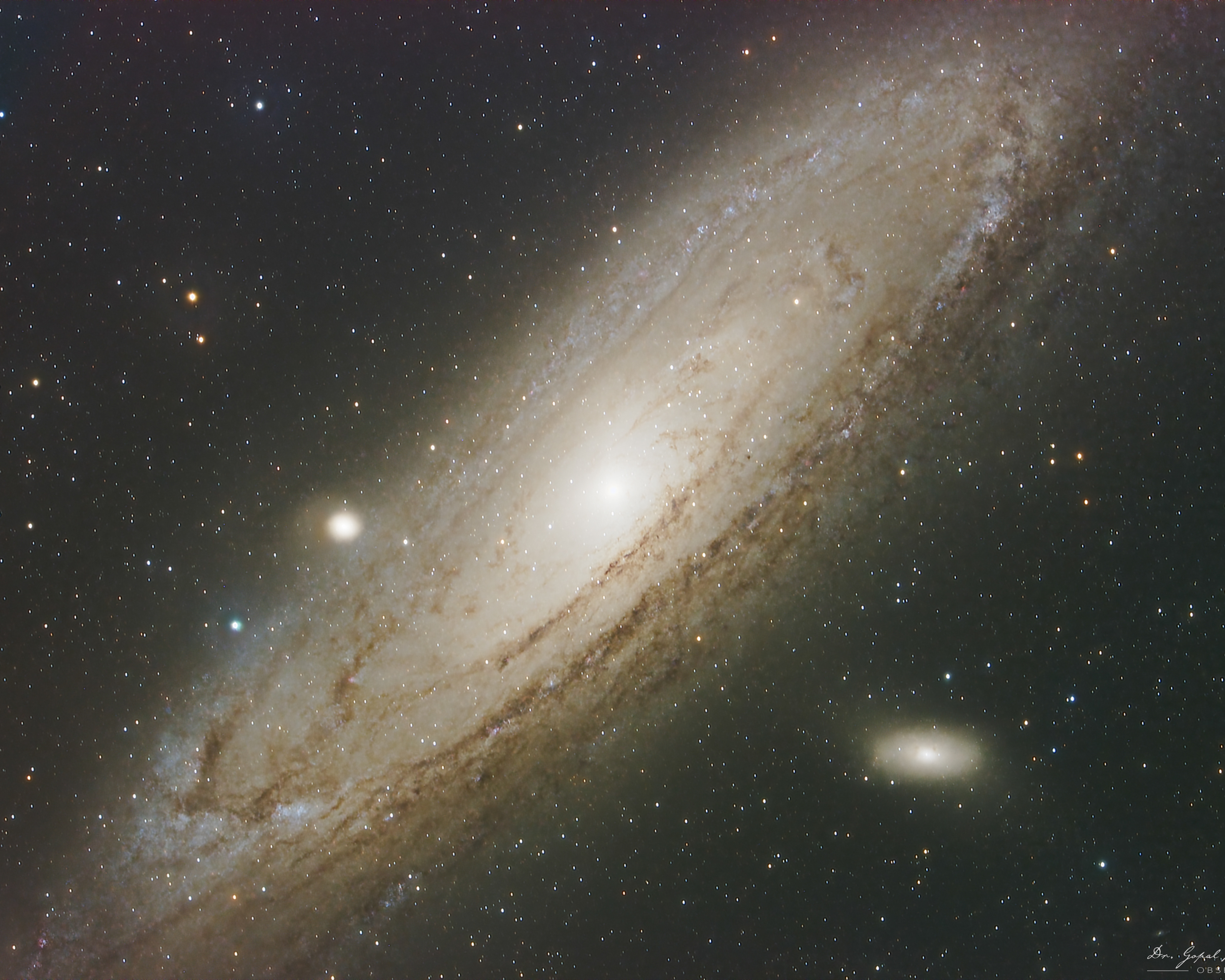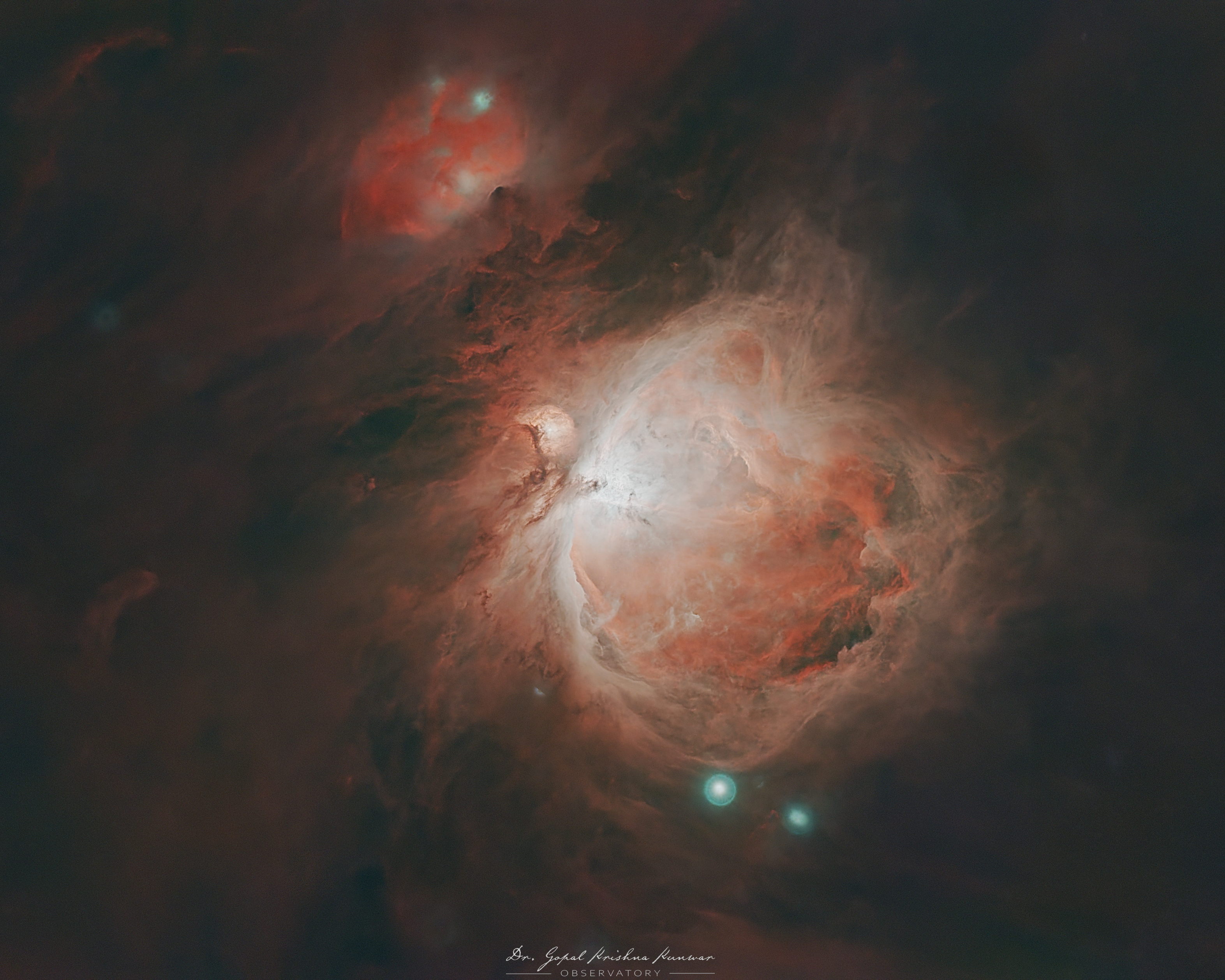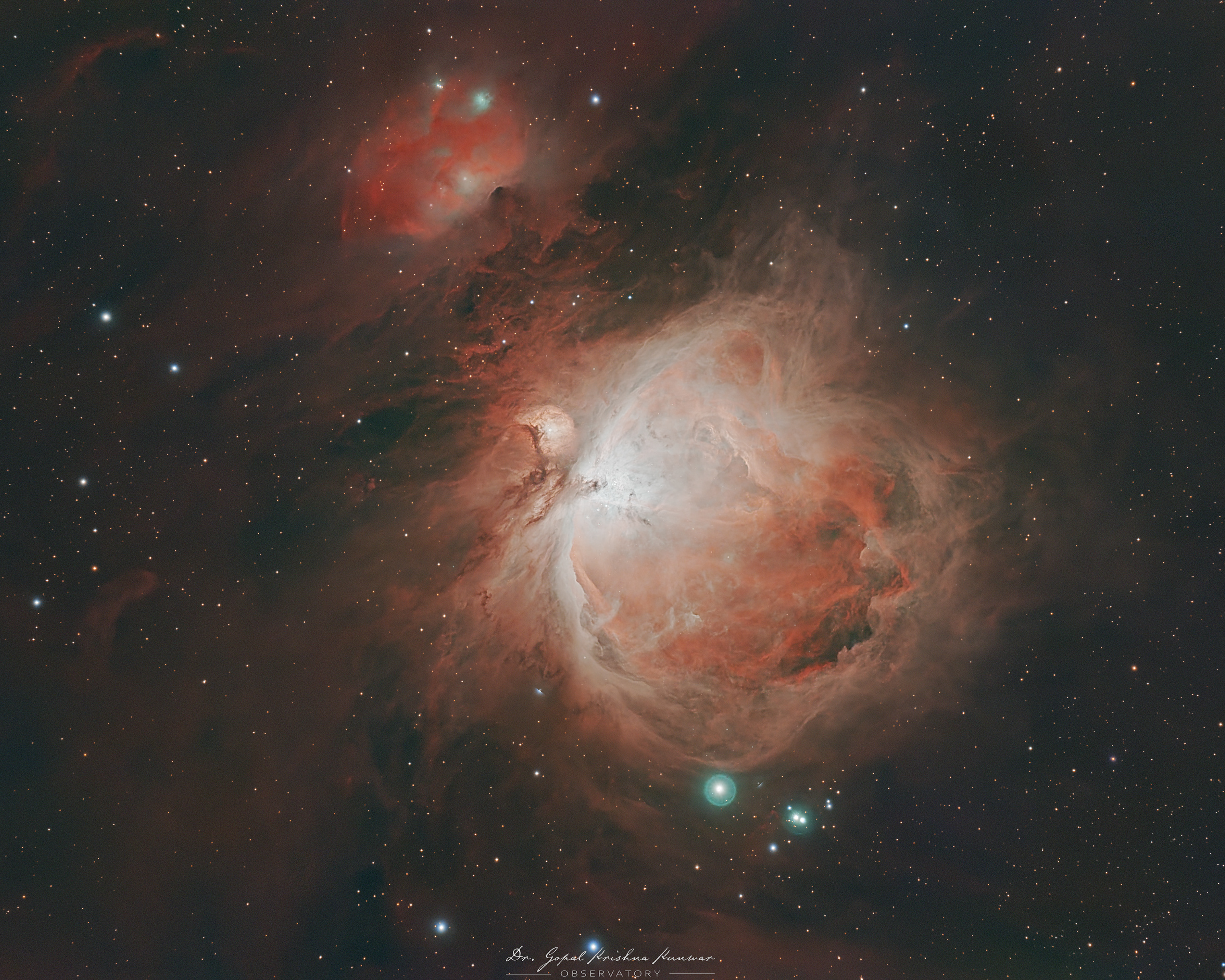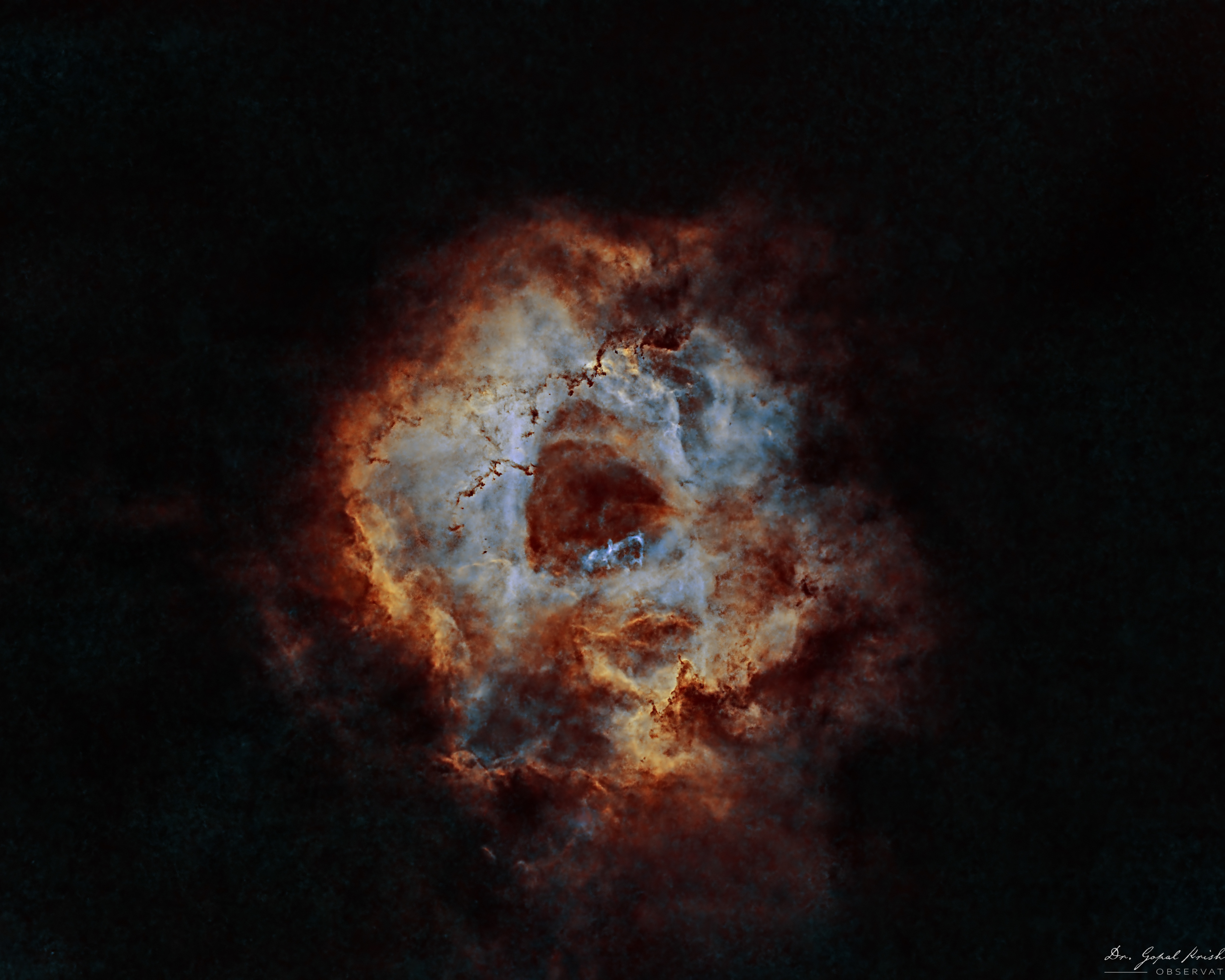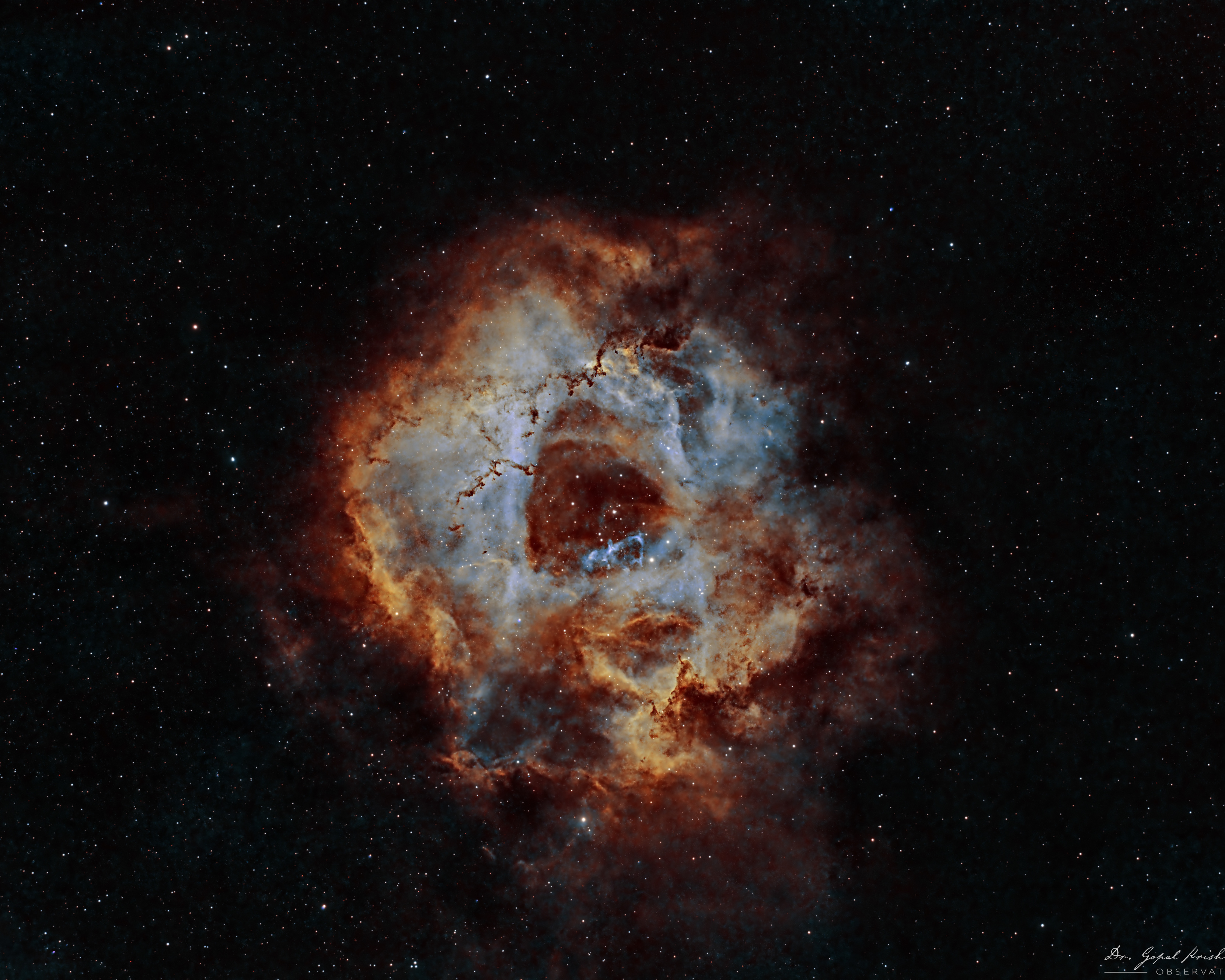Veil Nebula: A Celestial Remnant of a Supernova
The Veil Nebula, a breathtaking cloud of interstellar gas and dust, is a remnant of a massive supernova explosion that occurred around 8,000 years ago. Located approximately 2,400 light-years away in the constellation Cygnus, this spectacular formation spans about 110 light-years across, making it one of the most detailed and expansive supernova remnants visible from Earth. The nebula, which is part of the larger Cygnus Loop, showcases intricate filaments and wisps of gas, giving it a delicate, veil-like appearance.
The formation of the Veil Nebula traces back to the cataclysmic death of a star at least 20 times more massive than our Sun. The star's explosive end sent shock waves racing through the surrounding interstellar medium, energizing the remnants and lighting up the gaseous debris. Today, these shock waves continue to interact with the material, creating the intricate, glowing filaments that we observe.
The Veil Nebula is divided into several segments, with each part offering a unique view of the supernova’s aftermath. Key features include the Western Veil (NGC 6960), also known as the Witch’s Broom Nebula, and the Eastern Veil (NGC 6992/6995). The delicate structure of these regions reveals glowing strands of hydrogen, sulfur, and oxygen, with each element contributing a distinct color—hydrogen-alpha (Ha) emissions glow red, oxygen (OIII) emits a green-blue hue, and sulfur (SII) shines with deeper reds. These colorful displays, seen vividly through narrowband filters, highlight the different layers of gas being ionized by the remnants of the supernova’s shock waves.
Imaging the Veil Nebula allows for a deep dive into these cosmic remnants, revealing the dynamic processes that continue to shape this region of space.
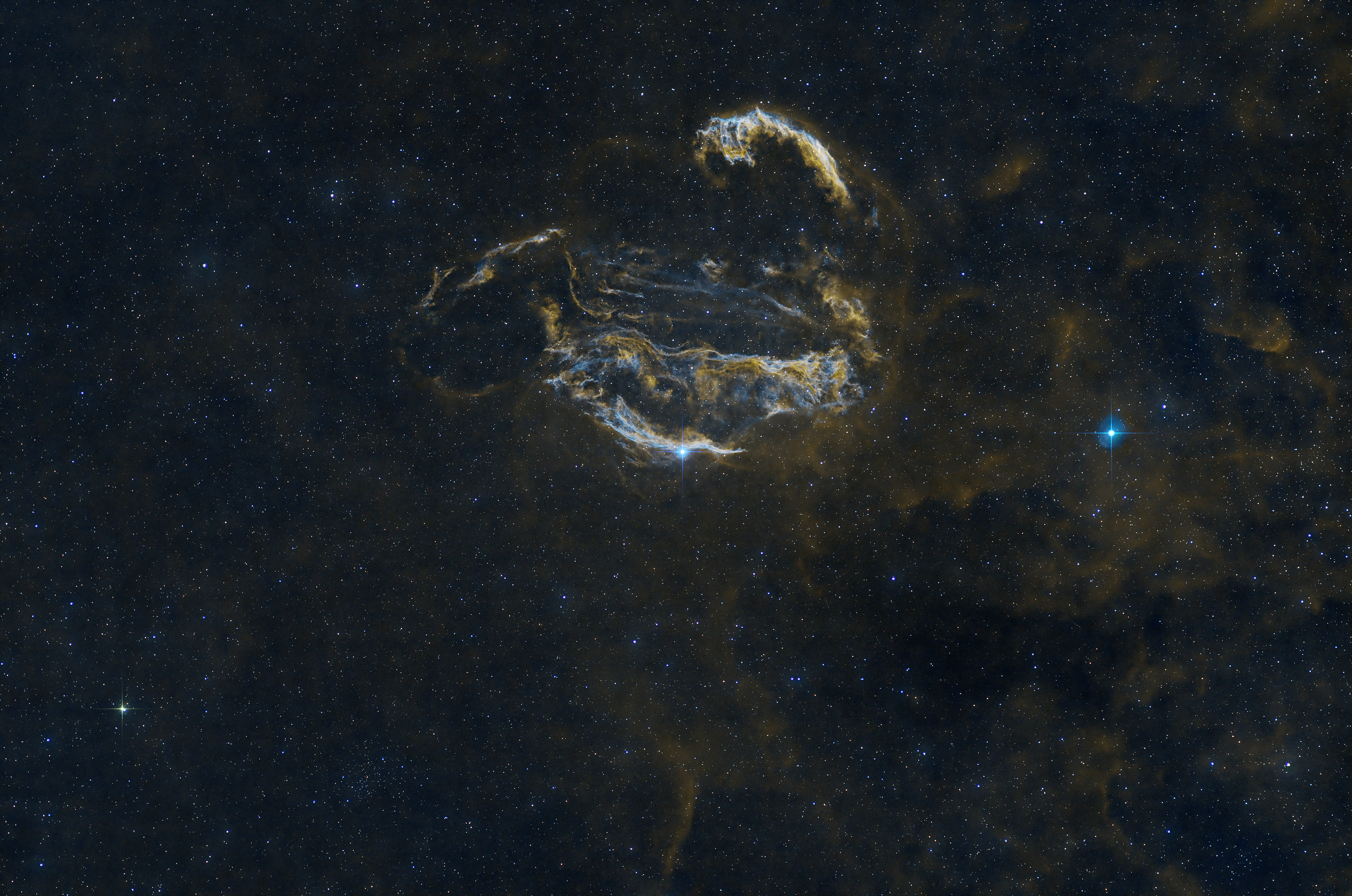
Veil Nebula - LRGB + HOO

